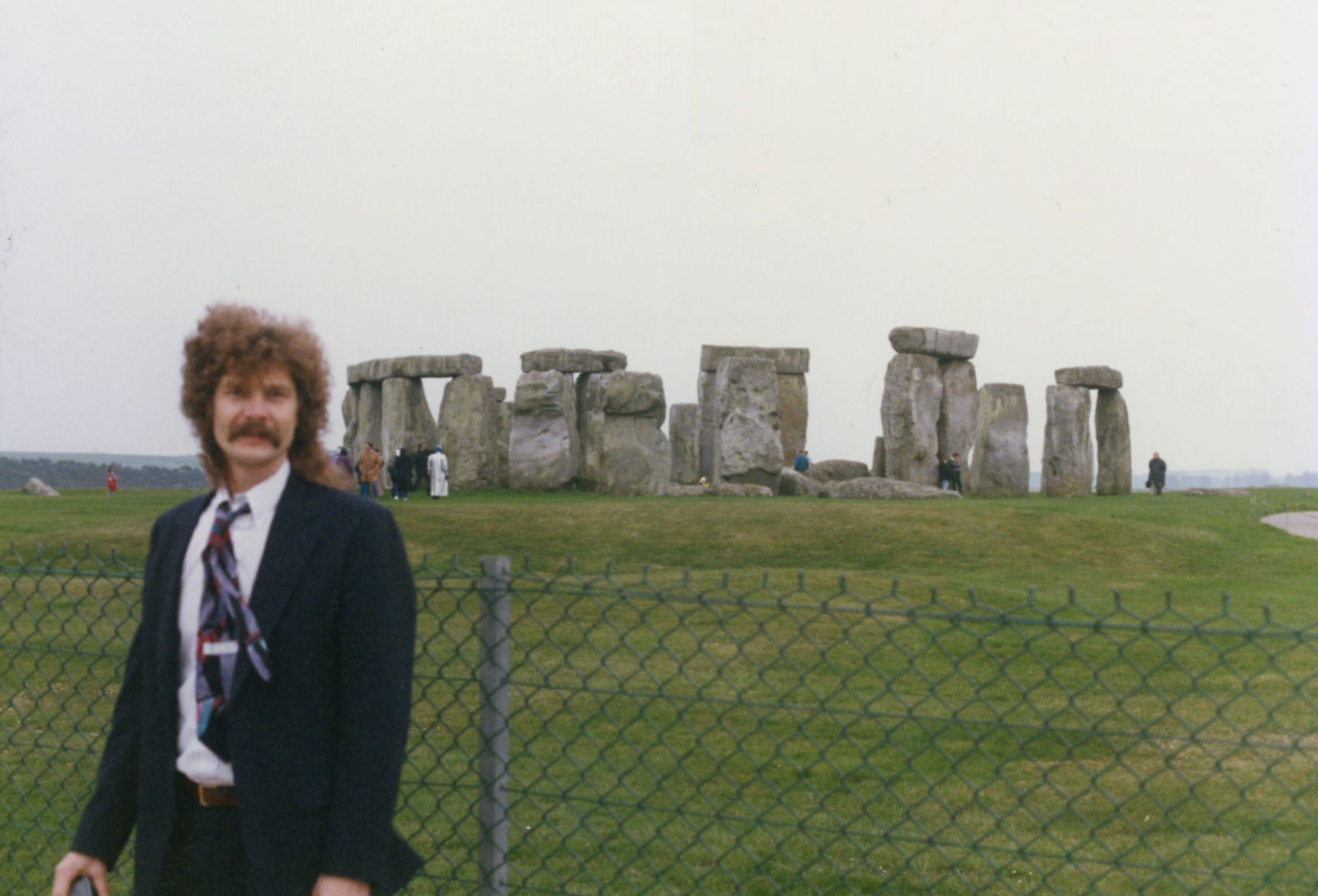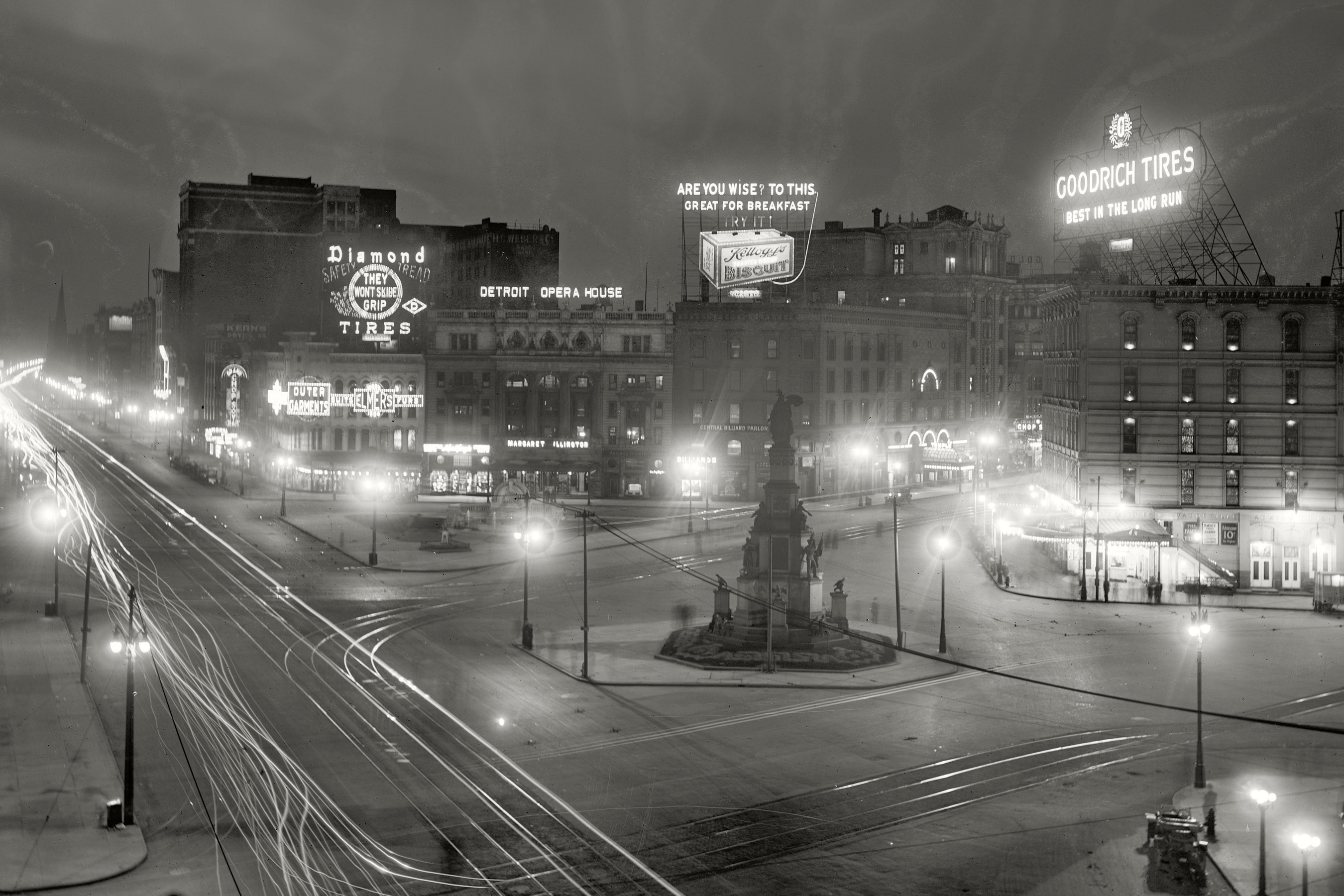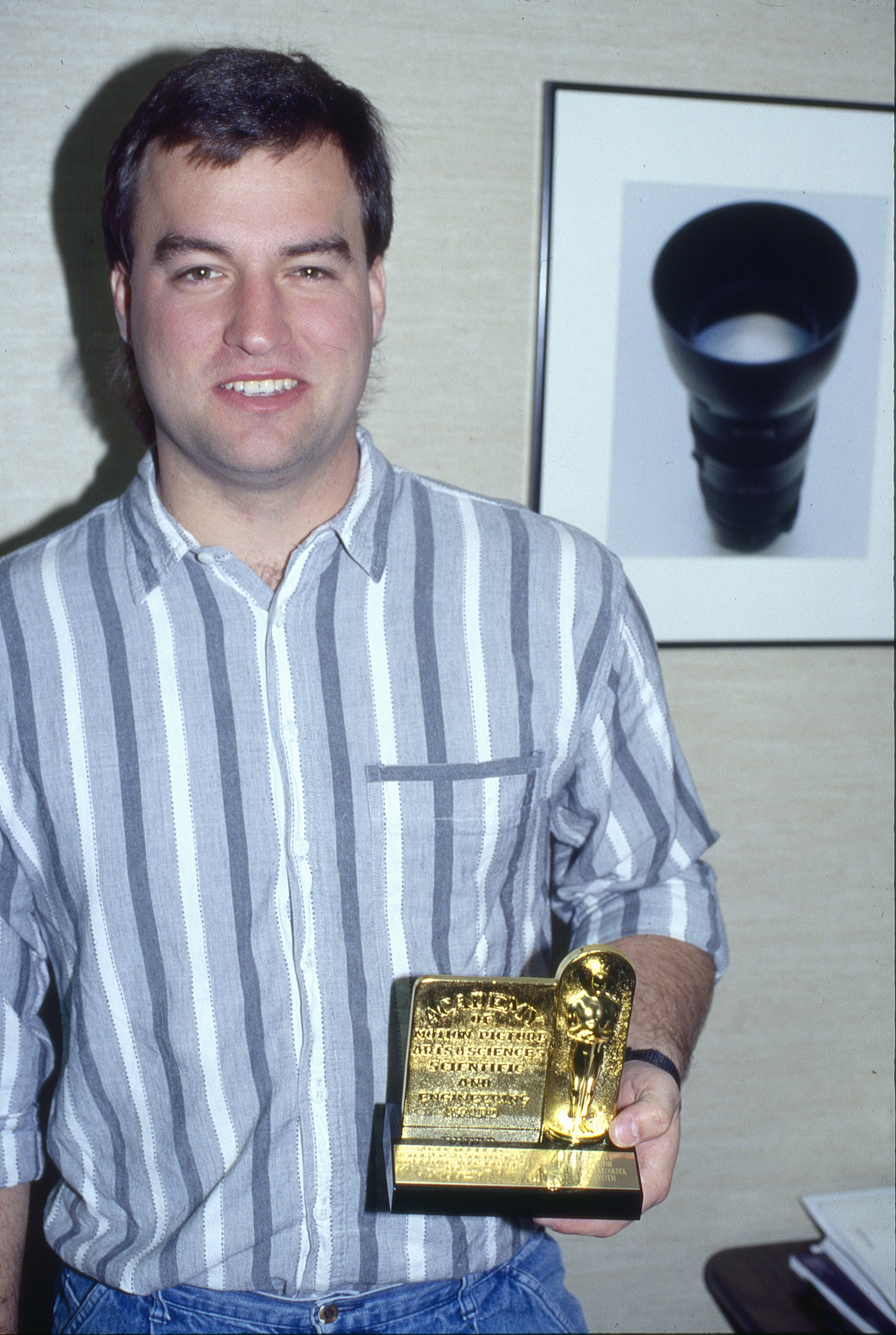
When Management Graphics adapted their film recording technology to support motion picture film formats, it was quickly adopted by movie studios to bring special effects from their computer memory images on to film. There were some problems however, and one of the most serious was the difficulty in obtaining the full brightness range found in typical scenes, especially when they included lights—candle light, desk lamps, car headlights, streetlights. Any light source, even a glimpse through a window to the bright outdoors, would cause a large flare in the final film frames, washing out detail in the scene. Our customers complained, and we started down a path to research and solve the problem.
We understood what the fundamental issue was: halation, an effect caused by the glass faceplate of the cathode ray tube used for creating the image. The bright spot on the phosphor screen was internally reflected at the glass surface which then illuminated the phosphor coating. If phosphor were black, this would not be a problem, but phosphor coatings are white, as are most materials made of fine powder, and it resulted in this internal reflected light overexposing the film. In the absence of a black phosphor, there were few other ways to mitigate the halation effect.

One of our customers was incorporating our film recorder into a full workstation system. Quantel, a company in Newberry, England, had become successful in the early years of digital video and was looking for a way to expand its editing tool offerings into the motion picture market. Quantel’s engineers understood the halation problem as well, but they didn’t want to rely on our figuring out a solution: they had an aggressive development schedule.
Continue reading
